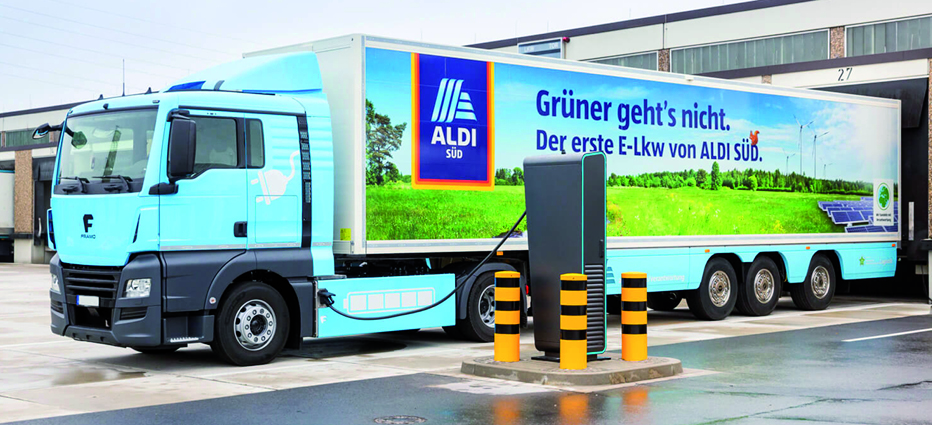
By 2022, there will be 1.8 billion machine-to-machine automotive connections, resulting in a highly connected car market that benefits consumers and manufacturers. OBD II capabilities are just one way in which drivers and manufacturers can actually collect data that can be used to help the Open Source Self Driving Car initiative, which allows anybody around the world to build their own self-driving car through the data collected. While this might take years and millions of terabytes of more data, the mere idea of the initiative is allowing users to find unique ways to use machine learning to enhance the capabilities and safety of their car.
Do Autonomous Cars Have OBD II Ports?
High-end OBD II adapters exist that send information right to your smartphone, and to find out if your smart car has the ability to do such a thing, you’ll want to first check for an OBD port. If your car does have an OBD port, you’ll want to invest in a bluetooth or WiFi dongle and a full-on scanner. When selecting the right OBD II scanner, it’s important to note that they generally fall into five different types depending on your car’s signal processing procedure, so be sure to check that your car is completely compatible with the device. It’s recommended to look for an OBD II scanner that is user-friendly, capable of upgrades to support future software changes and has wireless capabilities.
Aside from sending a constant stream of data to users that can be helpful in regards to trip monitoring, fuel tracking and much more, there is a host of benefits that car owners receive from using OBD II scanners. These types of systems can detect and reset anti-lock breaking systems, provide users with real-time information and store information that can be useful in future repairs and even sales. However, the connectivity provided by these types of scanners go well beyond everyday car maintenance. Insurance companies are beginning to find unique ways to use the data to lower premiums and smart car tech such as backup cameras can now use the data such as speed to alert drivers of obstacles.
AI in Remote Diagnosis of Large Fleets

Remote vehicle diagnostics are coming to age as we see technology advance to allow for reduced errors and higher levels of accurate computing. While this is helpful for individual owners of connected, autonomous cars, it’s actually even more helpful in the management of of large fleets in industries such as logistics. The ability to control these fleets, whether they’re made up of autonomous cars or not, using the data sourced from OBD II sensors, gives companies a real-time look at the status and health of all of their cars in order to increase safety and productivity while reducing risk and unnecessary amounts of downtime.
The Future of a Data-Driven Market
The more data that these cars can source using OBD II capabilities and sensors, the more tech companies and manufacturers will be able to use the data in order to innovate and improve upon the existing technologies. Until all cars on the market are autonomous and feature full connectivity, traditional OBD II sensors are a great way to bridge the gap between factory-built cars and autonomous ones to ensure that data can be collected from a variety of users and systems.
Jennifer Dawson / Photo by Serge Kutuzov on Unsplash